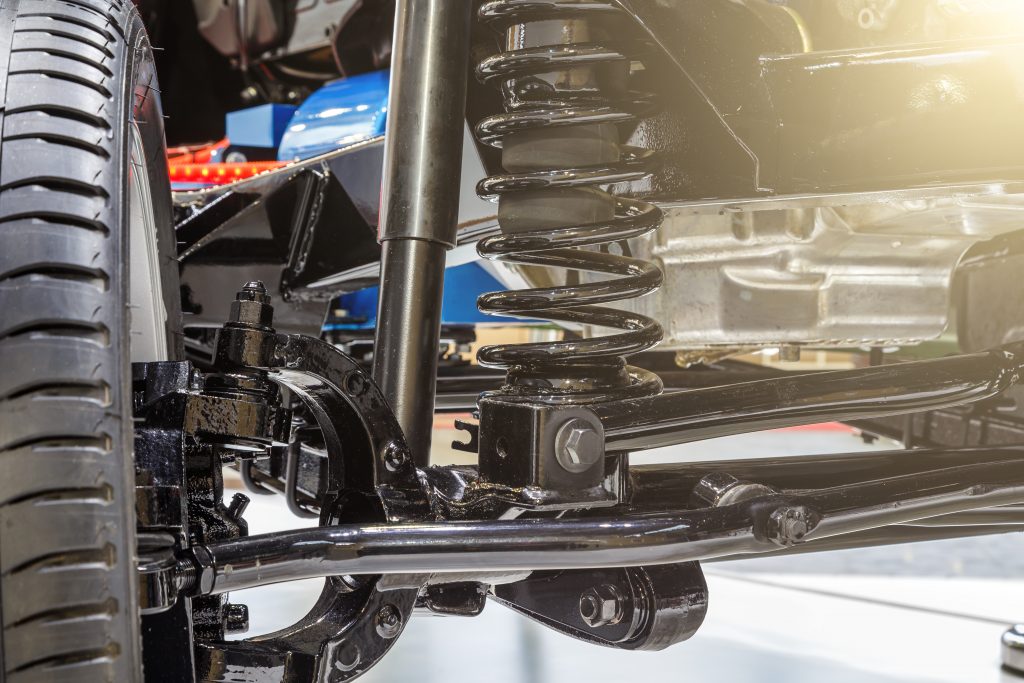SUSPENSION SERVICES
PROVIDING QUALITY SUSPENSION SERVICES ON ALL MAKES AND MODELS SINCE 1979
HOUSTON & THE MEMORIAL VILLAGES #1 TRUSTED SOURCE FOR AUTOMOTIVE REPAIR, SERVICE, AND MAINTENANCE
SUSPENSION SERVICES YOU CAN RELY ON
We frequently take our vehicle’s suspension system for granted. With years of supporting your vehicle’s weight, shocks inevitably wear out, necessitating suspension maintenance and/or repair. Some individuals assume that since the suspension is primarily concerned with providing a smooth ride, these fixes aren’t as critical as other maintenance concerns such as oil changes or brakes. However, a faulty suspension may substantially impair your ability to manage the car, particularly while stopping or turning, so it’s to your best advantage to pay attention to this aspect of vehicle maintenance.
How can you tell when your suspension needs service? Usually, your car will inform you. Here are six items to watch:
1. Rough Riding Vehicle
Struts or shocks are worn when they react to any bump on the street or when the car body bounces. A problematic ride indicates that your automobile’s suspension requires repair.
2. Turn Pulling or Drifting
As your suspension system fails, you’ll notice that the car pulls or drifts when you turn, which implies your shocks can not keep the car’s body steady versus the centrifugal force, in turn putting you in danger of a vehicle rollover. Should you notice this when turning, it’s time to bring your vehicle to J&T Automotive for immediate inspection.
3. Uneven Tire Tread Wear
Inspect the tires on your vehicle. For example, suppose the tread on your tires is wearing down unevenly, or they are balding in places. Typically a sign that the suspension isn’t supporting the vehicle uniformly, putting varying amounts of pressure on the tires.
4. Vehicle Dips/Lurches Forward
The car body will sometimes lurch nose-first downward when the shocks malfunction. Also, when the brakes are applied hard, they can impair your ability to make a swift halt. A lousy suspension may inflate by 20% your stopping time by.
5. Damaged/Leaky Shocks
Look directly at the shocks or struts if you have access to the underneath of the car. If they seem greasy or oily, they are likely leaking fluid and aren’t functioning correctly. It’s probably time to replace those shocks.
6. Attempt a Bounce Test
Try this easy test if you feel your suspension is failing (perhaps due to one or more of the symptoms listed above). First, with the car in park, push down with all of your weight on the front of the vehicle, “bounce” it a few times, and then release. Then, reverse the process for the back of the car. A worn-out suspension may cause the automobile to shake or bounce after releasing it more than 2-3 times.

